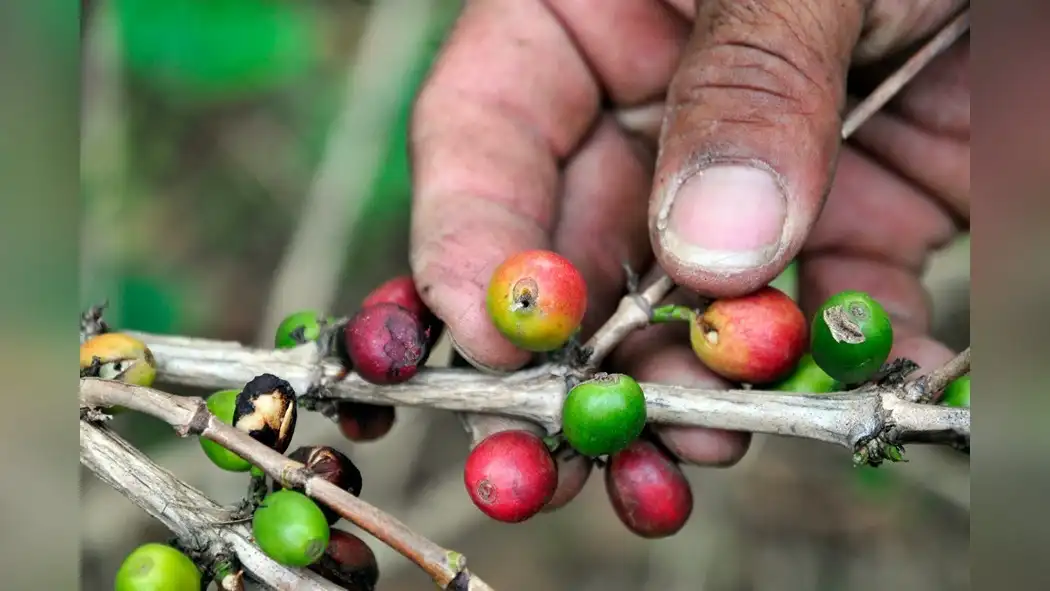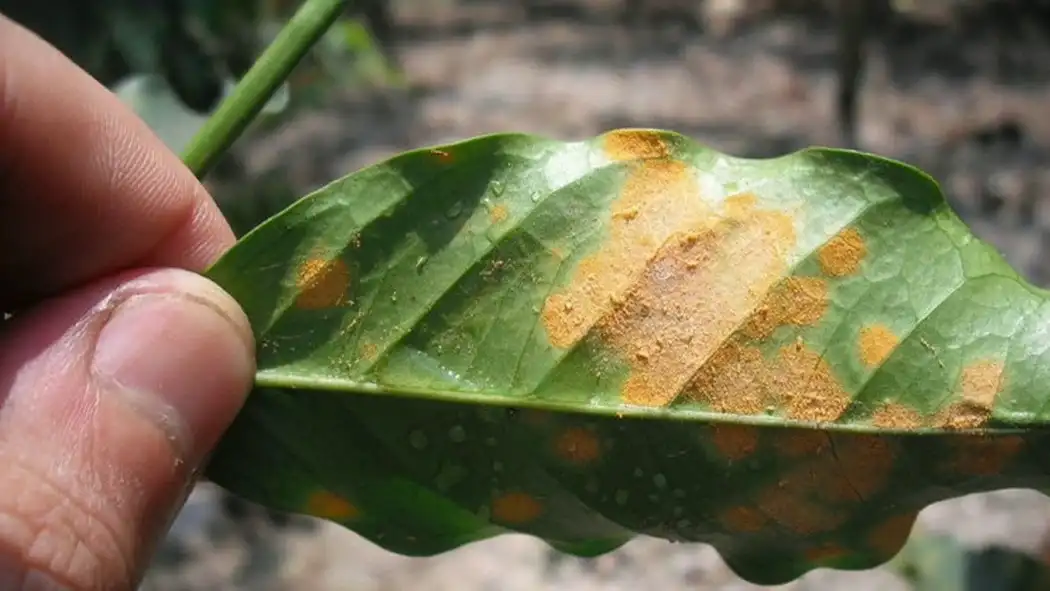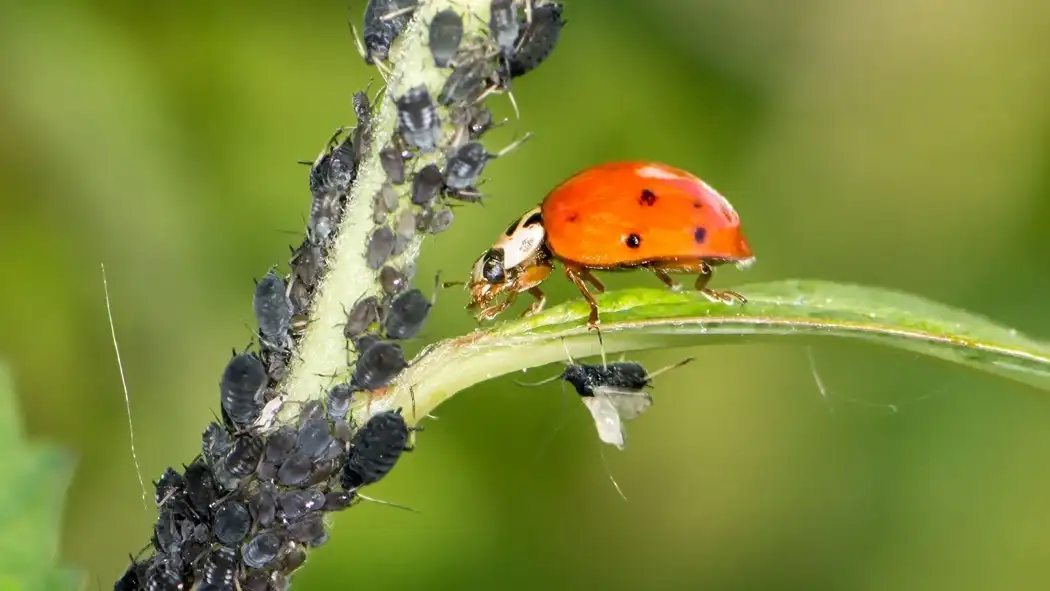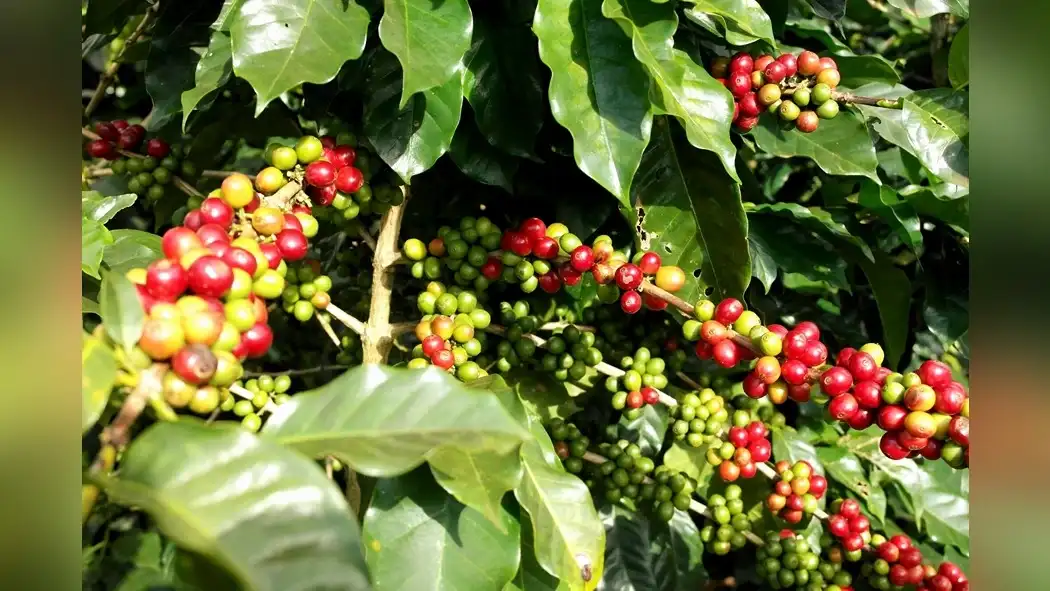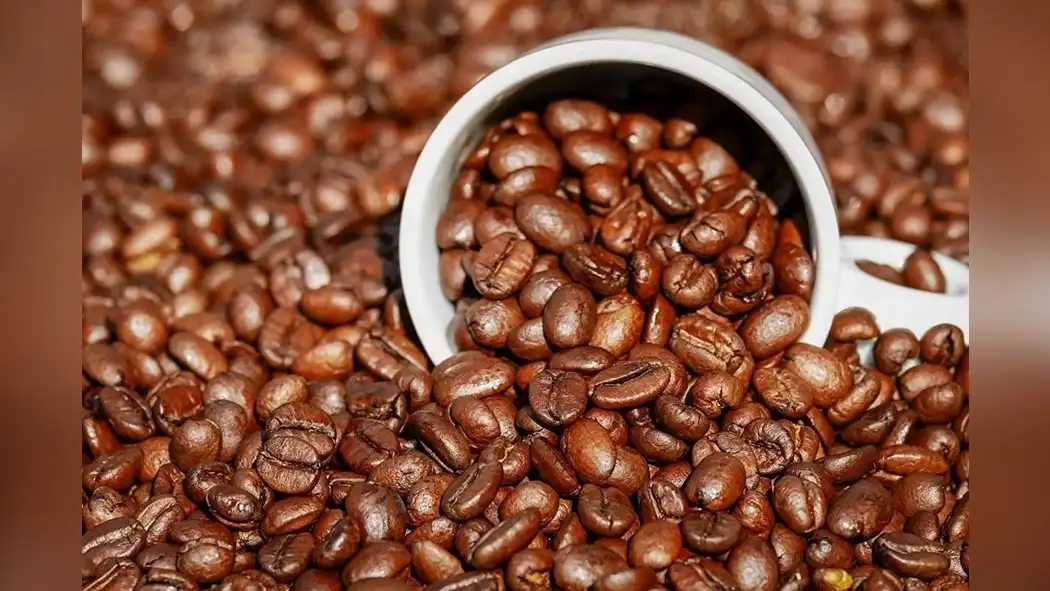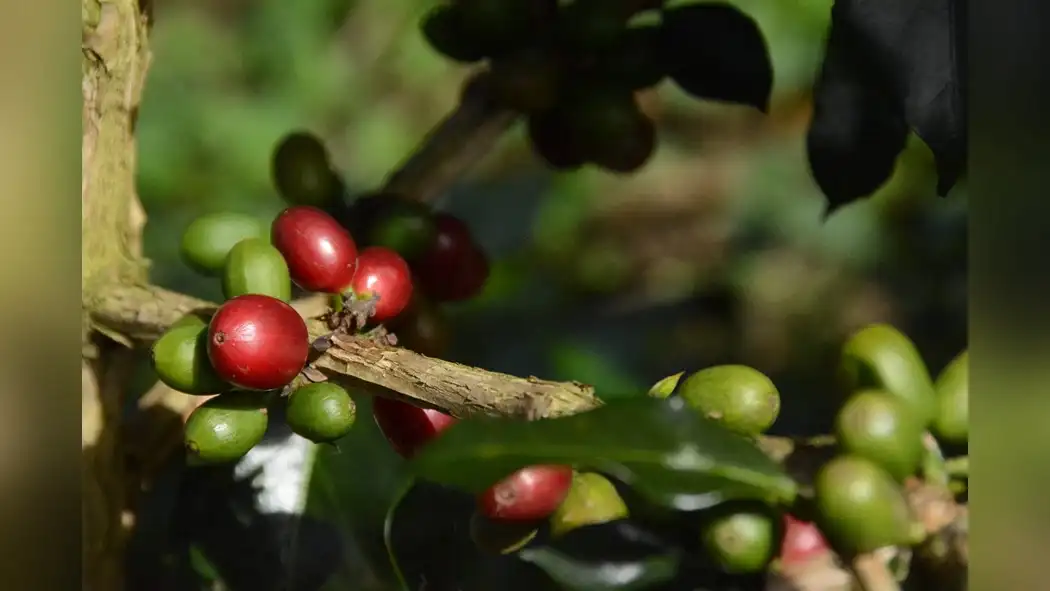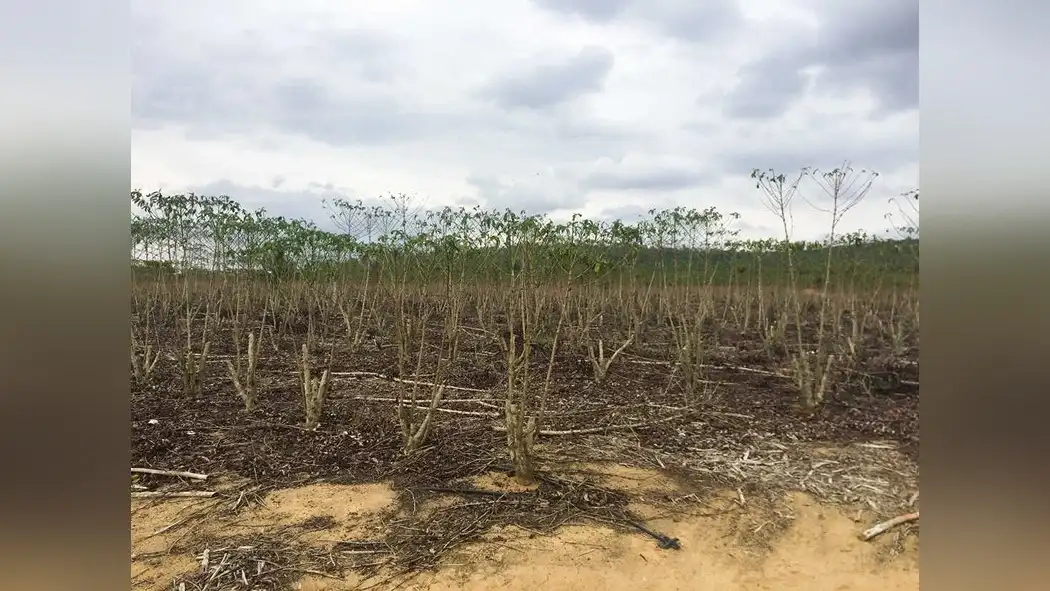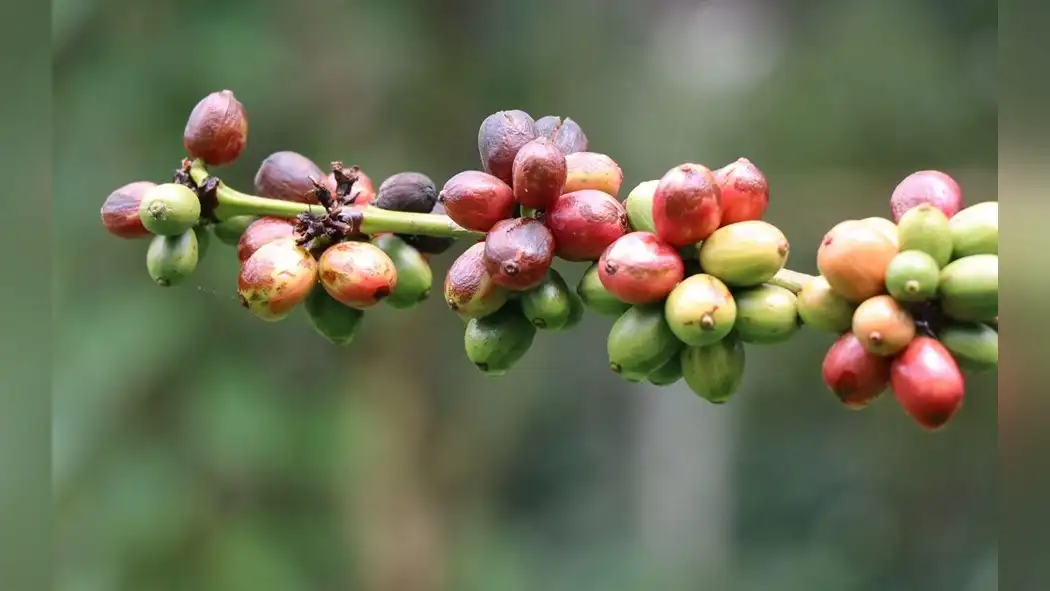Looking to make your robusta coffee farming more efficient?
When it comes to chemical control in robusta coffee farming, the adage 'knowledge is power' holds true. Understanding the pros, cons, and environmental considerations of chemical pest control is essential for making informed decisions.
You'll weigh the advantages of effectively managing pests and diseases against the potential drawbacks such as soil and water quality impacts, effects on non-target organisms, and regulatory compliance.
By exploring sustainable alternatives, you can navigate the complexities of chemical control and make choices that align with your long-term goals for your robusta coffee farm.
Advantages of Chemical Pest Control
Using chemical pesticides in robusta coffee farming offers effective pest control and increased crop yields. These pesticides are often less expensive than alternative pest control methods, making them an attractive option for those looking to maximize their yield without significantly increasing their production costs.
Additionally, the use of chemical pesticides can lead to increased yield. By effectively controlling pests that would otherwise damage the coffee plants, farmers can ensure that their crops reach their full potential. This increased yield not only benefits the farmers economically but also contributes to the overall availability of robusta coffee in the market.
Ultimately, the advantages of chemical pest control in robusta coffee farming are clear: it offers cost efficiency and increased yield, providing a compelling case for its usage among farmers aiming to optimize their production.
Disadvantages of Chemical Methods
Chemical methods for pest control in robusta coffee farming have drawbacks that farmers should consider. While these methods can be effective in managing pests, there are significant disadvantages that can impact both the environment and human health.
- Environmental Impact: Chemical pesticides can have long-lasting effects on the environment, harming non-target species such as beneficial insects, birds, and other wildlife. Runoff from these chemicals can also contaminate water sources, leading to ecological imbalances.
- Health Concerns: Exposure to chemical pesticides poses risks to farmers, workers, and consumers. Prolonged contact with these chemicals can lead to health issues such as skin irritation, respiratory problems, and in severe cases, chronic illnesses. Additionally, pesticide residues on coffee beans can pose health risks to consumers.
- Resistance and Resilience: Pests can develop resistance to chemical pesticides over time, making them less effective. This can lead to increased use of stronger chemicals, further exacerbating environmental and health concerns.
- Costs and Sustainability: Relying solely on chemical methods can be expensive for farmers and may not be sustainable in the long term. It can lead to soil degradation, loss of biodiversity, and ultimately impact the quality of the coffee produced.
Considering these drawbacks, it's important for farmers to explore alternative pest control methods that are more environmentally friendly and pose fewer health risks.
Impact on Soil and Water Quality
To fully grasp the implications of chemical pest control in robusta coffee farming, it's essential to delve into its impact on soil and water quality, particularly in relation to the environmental and health concerns previously discussed. Chemical pesticides and fertilizers can lead to soil erosion and nutrient leaching, which can disrupt the balance of nutrients in the soil and affect the overall soil quality. Additionally, these chemicals can seep into the water system, leading to water pollution and ecosystem disruption.
| Soil Impact | Water Impact |
|---|---|
| Soil erosion | Water pollution |
| Nutrient leaching | Ecosystem disruption |
Soil erosion caused by chemical farming methods can result in the loss of fertile topsoil, reducing the soil's ability to support healthy plant growth. Nutrient leaching, a process where essential nutrients are washed away from the soil, can lead to imbalanced nutrient levels and negatively impact plant health. Similarly, water pollution from agricultural chemicals can harm aquatic life and disrupt the delicate balance of ecosystems. It's crucial to carefully consider these impacts when evaluating the use of chemical control in robusta coffee farming to minimize potential harm to the environment and surrounding communities.
Effects on Non-Target Organisms
Considering the impact on soil and water quality, it's important to address the effects of chemical pest control on non-target organisms in robusta coffee farming. The use of chemical pesticides and herbicides can have unintended consequences on the surrounding ecosystem, affecting non-target organisms such as beneficial insects, birds, and aquatic life. These unintended effects can disrupt the ecological balance and biodiversity conservation efforts in the farming area. It's crucial to understand the potential repercussions of chemical pest control on non-target organisms to make informed decisions that minimize harm to the environment.
- Disruption of Ecological Balance: Chemical pest control may disrupt the natural interactions between organisms in the ecosystem, leading to imbalances that can have far-reaching consequences.
- Impact on Beneficial Insects: Non-target beneficial insects, essential for pollination and natural pest control, can be harmed by chemical pesticides, leading to a decline in their populations.
- Threat to Birds and Wildlife: The use of chemical pesticides can indirectly harm birds and other wildlife species, affecting the overall biodiversity of the area.
- Water Contamination: Chemical runoff from the farm can contaminate water bodies, impacting aquatic life and further disrupting the balance of the ecosystem.
Regulatory Considerations and Compliance
When implementing chemical pest control in robusta coffee farming, it's crucial to ensure regulatory considerations and compliance are strictly adhered to in order to minimize environmental impact.
Regulatory compliance involves adhering to laws and regulations set by governing bodies to ensure that the use of chemical substances in farming activities meets established standards. It's essential to obtain permits and licenses for the use of pesticides and herbicides, as well as to follow guidelines regarding application rates, safety measures, and disposal of chemical containers.
Additionally, environmental impact assessments should be conducted to evaluate the potential consequences of chemical pesticide use on the surrounding ecosystems and wildlife. These assessments help in identifying potential risks and implementing measures to mitigate adverse effects.
By complying with regulations and conducting thorough environmental impact assessments, coffee farmers can minimize the negative impact of chemical pest control on the environment. Adhering to regulatory standards also helps in ensuring the safety of farm workers, nearby communities, and consumers.
Ultimately, strict adherence to regulatory considerations and compliance not only safeguards the environment but also contributes to sustainable and responsible farming practices.
Sustainable Alternatives to Chemical Control
Explore sustainable alternatives to chemical control in robusta coffee farming by integrating biological pest management methods. Embracing organic practices and integrated pest management (IPM) can effectively control pests and diseases while minimizing the impact on the environment. Consider the following sustainable alternatives:
- Biological Control: Utilize natural enemies such as predators, parasites, and pathogens to manage pest populations. Introducing beneficial insects like ladybugs or parasitic wasps can help control harmful pests without the need for chemical intervention.
- Cultural Practices: Implementing crop rotation, intercropping, and maintaining healthy soil can enhance the resilience of coffee plants against pests and diseases. These practices can create a balanced ecosystem that naturally suppresses pest populations.
- Mechanical Control: Use physical barriers, such as nets or traps, to prevent pests from reaching the coffee plants. This approach reduces reliance on chemical pesticides and promotes a more sustainable farming environment.
- Biopesticides: Incorporate natural substances derived from plants, animals, or minerals to control pests and diseases. Biopesticides offer an eco-friendly alternative to synthetic chemicals, providing effective pest management while minimizing potential harm to non-target organisms and the surrounding ecosystem.
Conclusion
So, as you can see, while chemical pest control in robusta coffee farming has its advantages, it also comes with significant drawbacks and environmental concerns.
It's important to consider the impact on soil and water quality, as well as non-target organisms. Regulatory compliance is crucial, but exploring sustainable alternatives may offer a more balanced approach.
Ultimately, the choice of pest control method should aim to preserve the health of the environment and the quality of the coffee beans.





